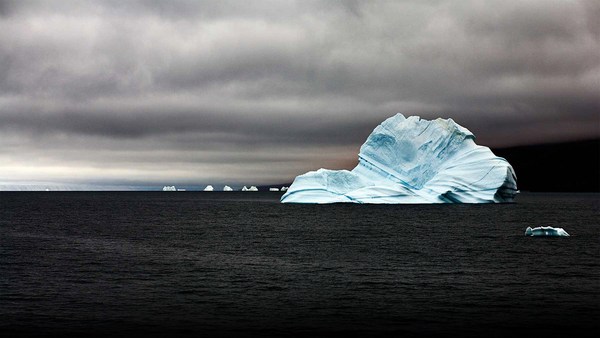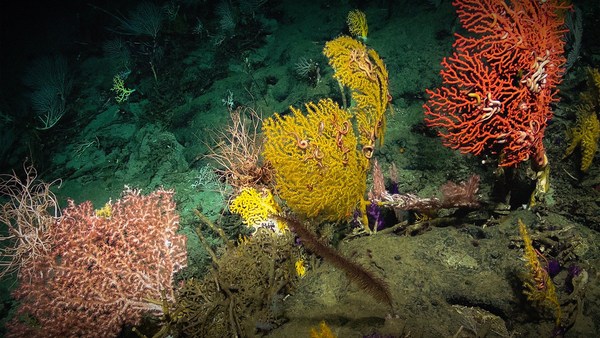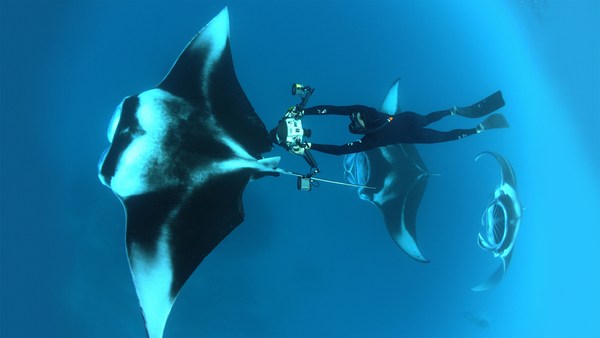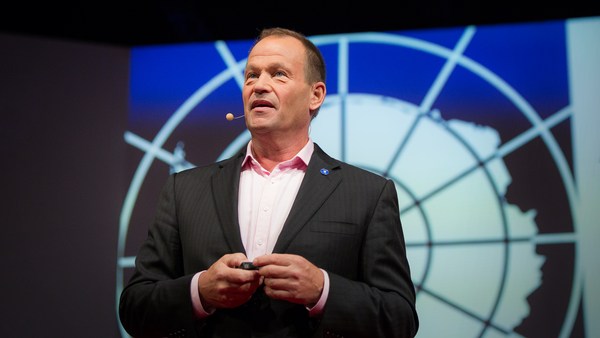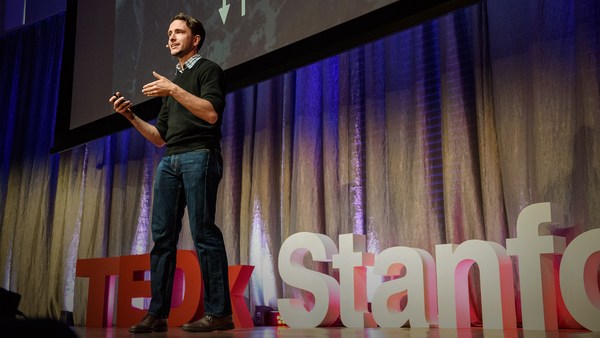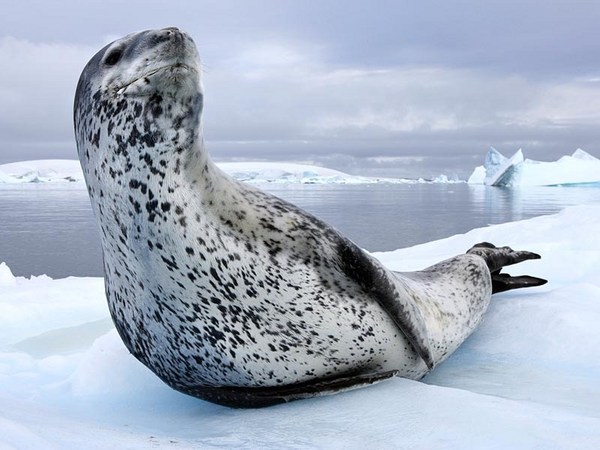I consider it my life's mission to convey the urgency of climate change through my work. I've traveled north to the Arctic to the capture the unfolding story of polar melt, and south to the Equator to document the subsequent rising seas. Most recently, I visited the icy coast of Greenland and the low-lying islands of the Maldives, connecting two seemingly disparate but equally endangered parts of our planet.
My drawings explore moments of transition, turbulence and tranquility in the landscape, allowing viewers to emotionally connect with a place you might never have the chance to visit. I choose to convey the beauty as opposed to the devastation. If you can experience the sublimity of these landscapes, perhaps you'll be inspired to protect and preserve them.
Behavioral psychology tells us that we take action and make decisions based on our emotions above all else. And studies have shown that art impacts our emotions more effectively than a scary news report. Experts predict ice-free Arctic summers as early as 2020. And sea levels are likely to rise between two and ten feet by century's end. I have dedicated my career to illuminating these projections with an accessible medium, one that moves us in a way that statistics may not.
My process begins with traveling to the places at the forefront of climate change. On-site, I take thousands of photographs. Back in the studio, I work from both my memory of the experience and the photographs to create very large-scale compositions, sometimes over 10 feet wide.
I draw with soft pastel, which is dry like charcoal, but colors. I consider my work drawings but others call them painting. I cringe, though, when I'm referred to as a "finger painter."
(Laughter)
But I don't use any tools and I have always used my fingers and palms to manipulate the pigment on the paper. Drawing is a form of meditation for me. It quiets my mind. I don't perceive what I'm drawing as ice or water. Instead, the image is stripped down to its most basic form of color and shape. Once the piece is complete, I can finally experience the composition as a whole, as an iceberg floating through glassy water, or a wave cresting with foam. On average, a piece this size takes me about, as you can see, 10 seconds.
(Laughter)
(Applause)
Really, more like 200 hours, 250 hours for something that size. But I've been drawing ever since I could hold a crayon, really. My mom was an artist, and growing up, we always had art supplies all over the house. My mother's love of photography propelled her to the most remote regions of the earth, and my family and I were fortunate enough to join and support her on these adventures. We rode camels in Northern Africa and mushed on dog sleds near the North Pole.
In August of 2012, I led my first expedition, taking a group of artists and scholars up the northwest coast of Greenland. My mother was originally supposed to lead this trip. She and I were in the early stages of planning, as we had intended to go together, when she fell victim to a brain tumor. The cancer quickly took over her body and mind, and she passed away six months later. During the months of her illness, though, her dedication to the expedition never wavered, and I made a promise to carry out her final journey.
My mother's passion for the Arctic echoed through my experience in Greenland, and I felt the power and the fragility of the landscape. The sheer size of the icebergs is humbling. The ice fields are alive with movement and sound in a way that I never expected. I expanded the scale of my compositions to give you that same sense of awe that I experienced. Yet, while the grandeur of the ice is evident, so, too, is its vulnerability. From our boat, I could see the ice sweating under the unseasonably warm sun.
We had a chance to visit many of the Inuit communities in Greenland that now face huge challenges. The locals spoke to me of vast areas of sea ice that are no longer freezing over as they once did. And without ice, their hunting and harvesting grounds are severely diminished, threatening their way of life and survival.
The melting glaciers in Greenland are one of the largest contributing factors to rising sea levels, which have already begun to drown some of our world's lowest-lying islands. One year after my trip to Greenland, I visited the Maldives, the lowest and flattest country in the entire world. While I was there, I collected images and inspiration for a new body of work: drawings of waves lapping on the coast of a nation that could be entirely underwater within this century.
Devastating events happen every day on scales both global and personal. When I was in Greenland, I scattered my mother's ashes amidst the melting ice. Now she remains a part of the landscape she loved so much, even as it, too, passes and takes on new form.
Among the many gifts my mother gave me was the ability to focus on the positive, rather than the negative. My drawings celebrate the beauty of what we all stand to lose. I hope they can serve as records of sublime landscapes in flux, documenting the transition and inspiring our global community to take action for the future.
Thank you.
(Applause)
